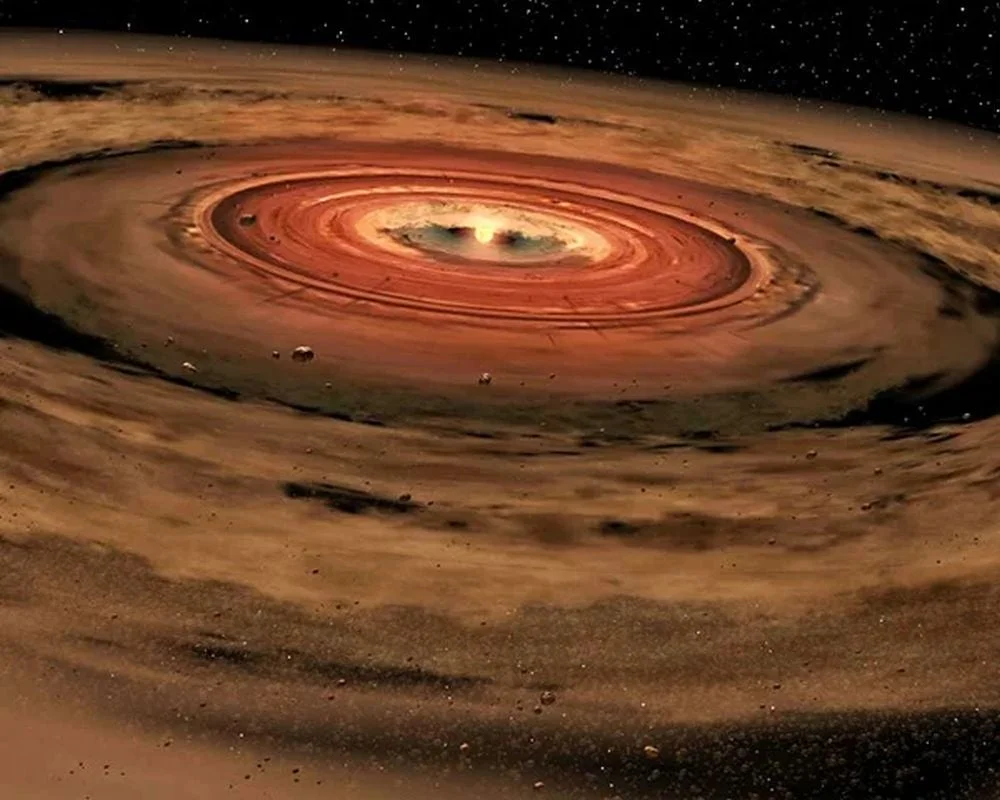
Sharpest Images Ever: Witnessing Planets Being Born Around Distant Stars with ALMA Telescope
In a landmark discovery, astronomers have captured the most detailed images ever of planets in their earliest stages of formation, thanks to advanced techniques employed by the exoALMA project using the Atacama Large Millimeter/submillimeter Array (ALMA) in Chile. This breakthrough provides unprecedented insights into the dynamic processes shaping new solar systems.
Published in Popular Science on April 30, 2025, the research showcases how scientists are refining methods to analyze massive datasets, revealing structures around young stars only a few hundred to 1,000 light-years away. According to Richard Teague, principal investigator, these advances are like “switching from reading glasses to high-powered binoculars,” allowing for a whole new level of detail.

Protoplanetary disks, the swirling clouds of gas and dust surrounding newly forming stars, are notoriously difficult to observe. ALMA's observations of 15 star systems revealed gaps, rings, and spirals, indicating highly dynamic environments with early-stage planets influencing gas and dust movement. One standout finding is the vortex-like structures visualized in star systems like HD 135344B, demonstrating how a planet's gravity shapes its surroundings.

This research offers a rare glimpse into planet formation in real-time, challenging previous models and opening new avenues for studying the conditions necessary for planetary birth. Scientists are essentially capturing the early moments of planetary birth, revealing the dynamic interaction between planets and their surroundings. The work is pivotal in understanding how stars and planets are born.
ALMA's groundbreaking capabilities are not just improving our views of planet formation, but also leading to a new understanding of how stars can “feed” too quickly, regurgitating material back into the disk. Research published in Nature Astronomy suggests that protoplanetary disks are assembled by Bondi-Hoyle accretion from the parent gas cloud, challenging previous limited mass reservoir models.

According to Paolo Padoan, lead author of the Nature Astronomy study, after a star forms, its gravity can capture more material, restructuring the disk. Researchers used simulations to understand interstellar gas turbulence better, which could explain the protoplanetary disk sizes observed by ALMA.
These advancements could improve our ability to locate and study other potentially habitable planets in distant star systems. Coupled with upcoming telescopes like the Giant Magellan Telescope, this work will further enhance our understanding of planet formation and stellar evolution, helping astronomers track changes in protoplanetary disks and opening a new window into star and planet formation.
What are the implications of these new findings for the search for life beyond Earth? Share your thoughts and predictions in the comments below!